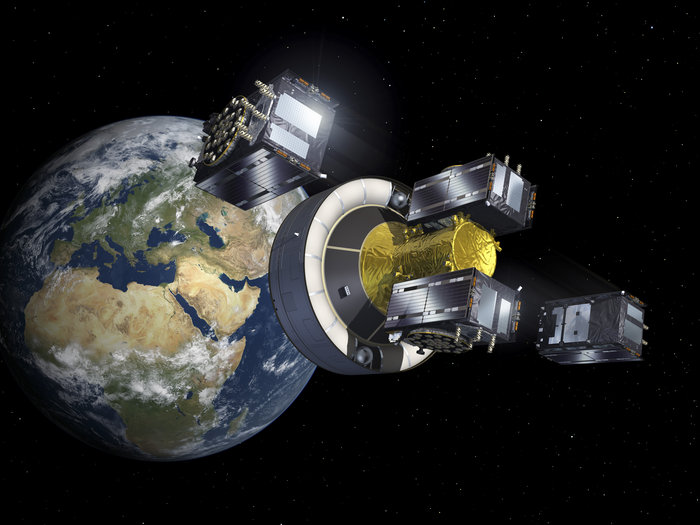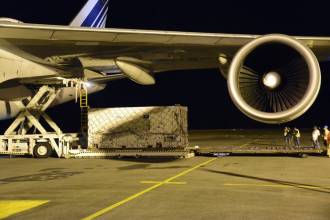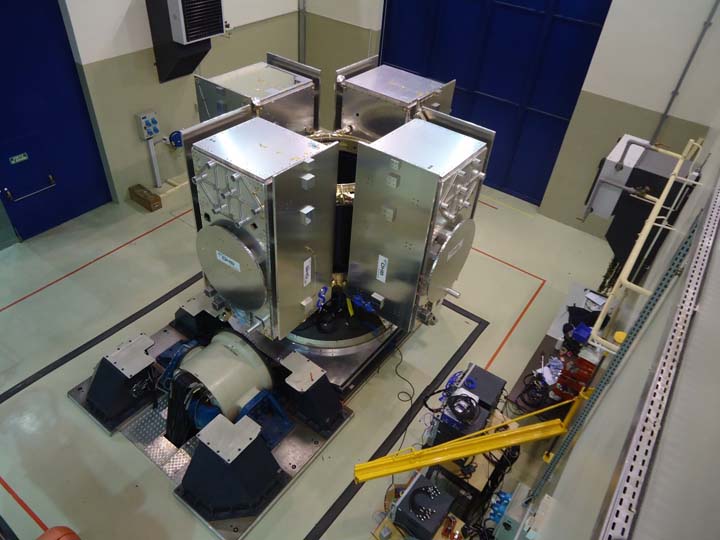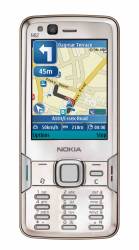With Wednesday’s successful Ariane 5 launch of four more Galileo satellites, the Galileo constellation grew to 26 satellites, extending the global coverage of the constellation.
Ariane 5 flight VA244, operated by Arianespace under contract to the European Space Agency (ESA), lifted off from Europe’s Spaceport in Kourou, French Guiana, at 11:25 GMT (13:25 CEST, 08:25 local time) on July 25, carrying Galileo satellites 23–26. The first pair of 715-kilogram satellites was released almost 3 hours 36 minutes after liftoff, while the second pair separated 20 minutes later, according to an ESA press release.
They were released into their target 22 922 km-altitude orbit by the dispenser atop the Ariane 5 upper stage. In the coming days, this quartet will be steered into their final working orbits by the French space agency CNES, under contract to the Galileo operator SpaceOpal for the European Global Navigation Satellite System Agency (GSA). There, they will begin around six months of tests by SpaceOpal to verify their operational readiness so they can join the working Galileo constellation.
“Galileo is ESA’s largest ever satellite constellation, built up to its present size in rapid time, with 22 Full Operational Capability satellites added within just the last four years,” remarked Jan Wörner, ESA’s Director General.
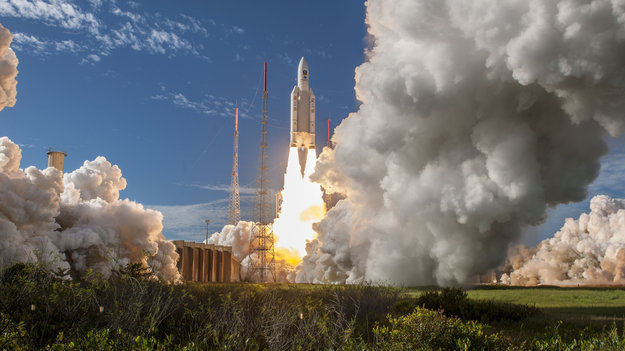
“We must thank our industrial partners OHB (DE) and SSTL (GB) for the satellites, as well as Thales Alenia Space (FR/IT) and Airbus Defence and Space (GB/FR) for the ground segment and all their subcontractors throughout Europe for their continued support to the program. Together with ESA, the entire industrial team has worked hard for the point at which we now are and this cooperation have proven to be very successful, as we can show in the excellent performance of Galileo.”
Paul Verhoef, ESA’s Director of Navigation, added, “Galileo has been providing Initial Services on a worldwide basis since December [15] 2016, and today has more than 100 million users, and rapidly increasing. Today’s satellites will increase the global coverage of Galileo with a performance that is widely recognized as excellent.
Officials declared the launch a success, giving Europe’s Galileo navigation fleet 26 satellites, including 22 craft launched in the last four years. Wednesday’s mission was the last flight of the Ariane 5 ES version of Europe’s workhorse launcher. Future Ariane 5 launches will use the Ariane 5 ECA configuration.
“This is the end of the current phase of Galileo deployment, but our pace is not slacking. A further 12 Galileo ‘Batch 3’ satellites are in preparation as in-orbit spares and as replacements for the oldest Galileo satellites, first launched in 2011, in order to keep the system working seamlessly into the future.
A new generation of Galileos are planned for the middle of the next decade, offering improved performance and added features, maintaining Galileo as a permanent feature of the global GNSS landscape, Verhoef added.
To watch a replay of the launch click here

